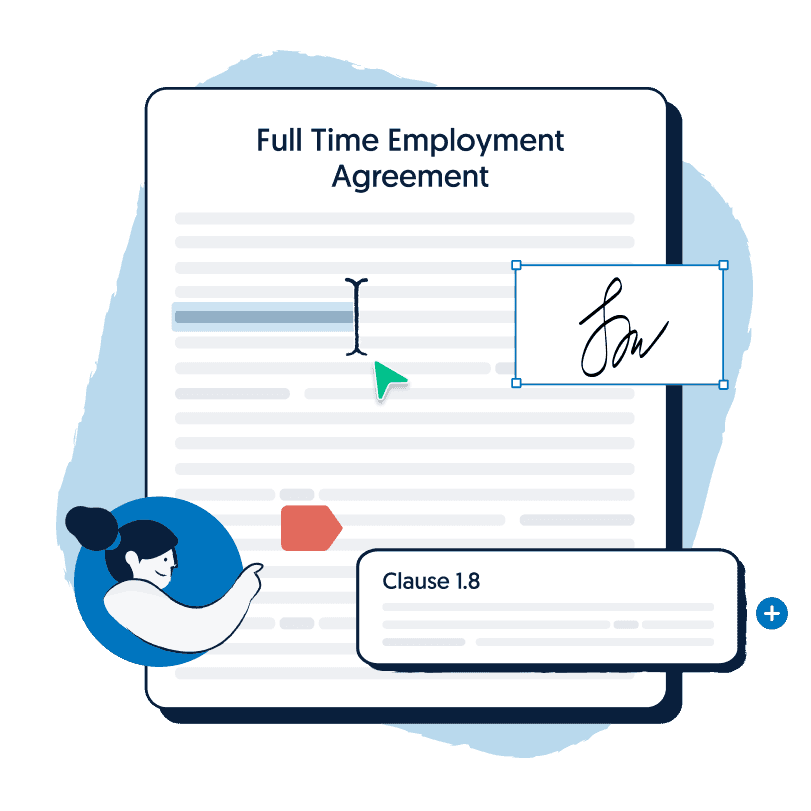Employers have to pay their employees the correct amount and any entitlements that they are eligible for. There are many factors that determine employee wages and entitlements. Such factors include their age, the state and industry they work in, their duties and responsibilities. The Fair Work Ombudsman (FWC) has created a pay-calculator for employers to calculate their employee wages. This takes into account the national minimum wage, modern awards and applicable employee agreements. The Fair Work Ombudsman thoroughly monitors employee pay rates. Therefore, it is important that your business is paying the correct amount. Failing to do so can have severe consequences. Employees can be paid a flat hourly rate. However, you must make sure a flat rate satisfies an employee’s minimum entitlements. It can be difficult to determine how to legally pay a flat rate. You should start off with a clear and structured payroll system.

Get your Full Time Employment Agreement legal document for free.
Why you might want a flat rate
Different employment guides set out penalty rates for overtime, weekends, holidays and loading. A higher overall flat rate can encourage employees to seek a longer-term engagement with your business. This can lead to less staff turnover and ensure that your workforce is committed. Paying a higher rate can also attract a broader talent pool and more competitiveness in your company. Moreover, having a flat rate can be easier to manage from a payroll point of view. However, you must ensure you are compensating employees for all the hours they do, including overtime. The minimum rate changes frequently and it is a business’ responsibility to adjust to this rate. Thus, you must pay a higher hourly flat rate if the minimum rate also increases. You must ensure that you are aware of all minimum entitlements. Your flat hourly rate needs to include and compensate for all of this.
Better Off Overall Test (BOOT)
You must have a registered agreement or an enterprise agreement if you want to pay a flat rate. Moreover, the Fair Work Ombudsman must approve these agreements first. You also need to pass the ‘Better Off Overall Test’ before you can start paying a flat rate. This test determines whether the company is better off under the new agreement. They compare this to the otherwise relevant award. The Fair Work Ombudsman does not want these new agreements to undermine employee rights within modern awards. Flat rates can also be paid through an individual flexibility agreement (IFA). The employer and employee must agree to the same flat hourly rate in this case. However, the BOOT test will also be applied in such scenarios. The FWC is unlikely to allow a flat rate that is lower than that in a registered award. This is unless you have incentivised this lower rate through other benefits.
Do the benefits outweigh the costs?
You should consider many things before implementing a flat hourly rate. It is useful to determine whether the benefits of a convenient payroll outweigh the following:
- the cost of the flat rate (considering penalty rates, overtime and allowances)
- the cost and length of the registered or enterprise agreement process
- Monitoring compliance
Don’t forget!
An hourly flat rate may seem convenient in a business payroll perspective. However, you must ensure that your rate still provides minimum employee entitlements. It must satisfy the Better Off Overall Test and all standards listed by the Fair Work Ombudsman. Contact an employment lawyer for more information regarding flat hourly rates.




